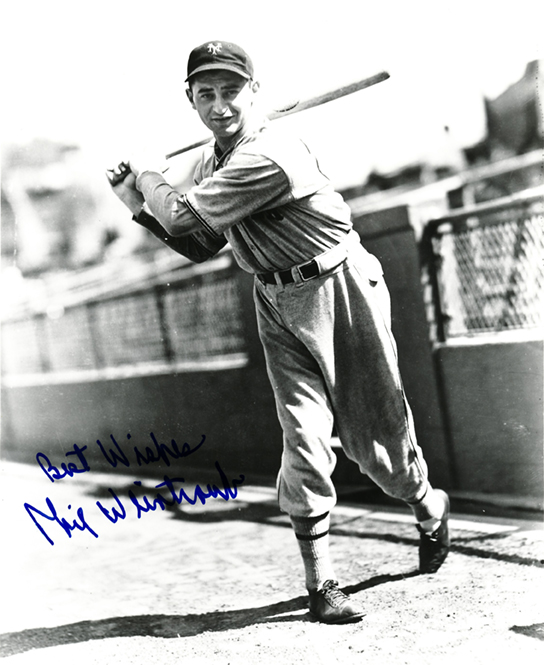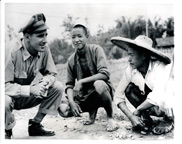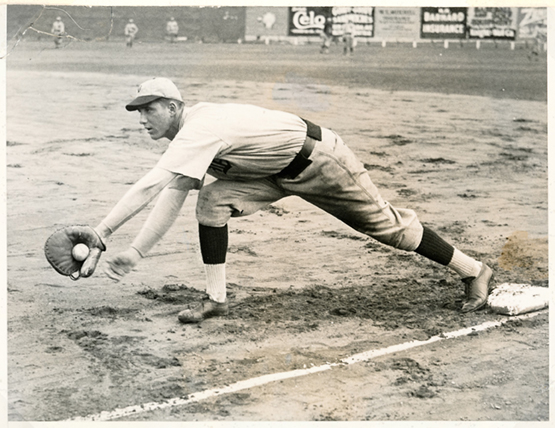
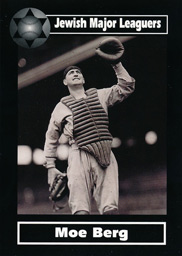


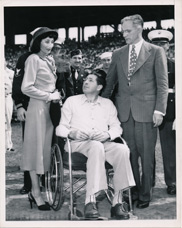





When I was playing, I used to resent being singled out as a Jewish ballplayer. I wanted to be known as a great ballplayer, period. I'm not sure why or when I changed, because I'm still not a particularly religious person. Lately, though, I find myself wanting to be remembered not only as a great ballplayer, but even more as a great Jewish ballplayer.
Berg made himself unique so comparisons were impossible.
I was catching when Joe DiMaggio hit his first World Series home run. Also, I was catching when Lou Gehrig hit his last World Series home run. And I was catching when Ted Williams hit the home run to win the All-Star Game in 1941. In every one of those, I had a good seat. At least I was there, you know what I mean?

